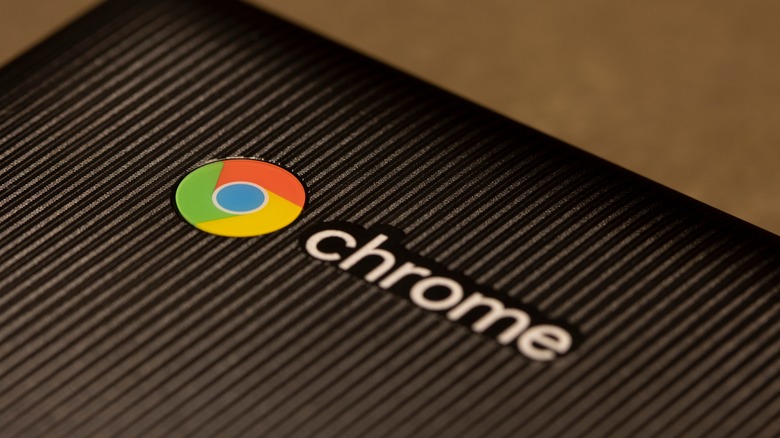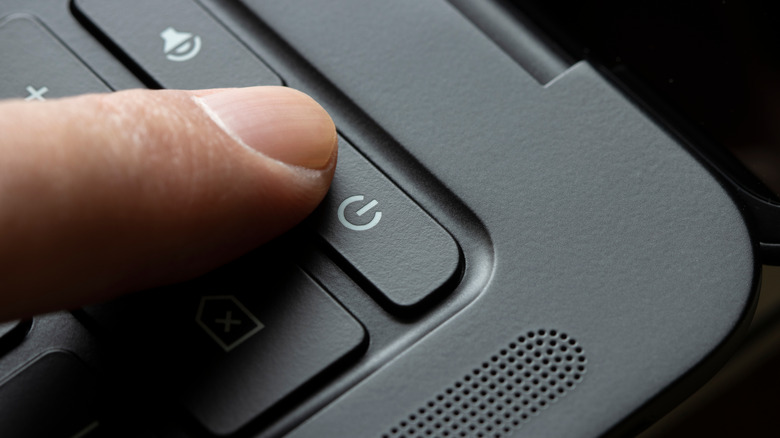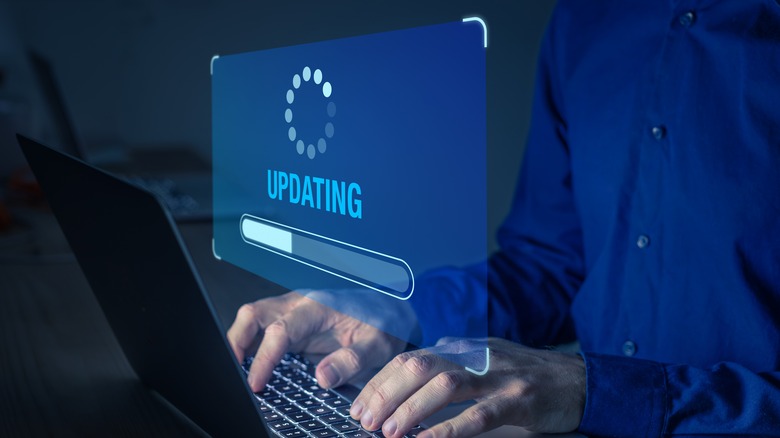The Easiest Ways To Fix A Chromebook That Keeps Crashing
Celebrated for their simplicity and affordability, Chromebooks have grown increasingly popular as reliable devices for students, professionals, and casual users. However, as with any technology, Chromebooks are not immune to issues like persistent crashing. Unraveling the root cause of these crashes is vital to ensuring a smooth and uninterrupted user experience.
While troubleshooting and fixing a crashing Chromebook may initially feel daunting, the good news is that you have several easy troubleshooting tools in your belt. For instance, you may need to initiate the recovery process to help restore the Chromebook's operating system to its original, crash-free state. Or, if you've neglected a software update for a while, that may be the culprit. In addition, replacing a worn-out battery can improve overall system stability, preventing unexpected shutdowns or erratic behavior.
Since Chromebooks have built-in protection for web browsing and restrictions on third-party apps, fewer things could go wrong under the hood — compared to other more expensive laptops. As a result, you can save yourself a trip to your local GeekSquad and fix it yourself!
How to recover your Chromebook's operating system
Restoring the operating system of a Chromebook signifies reverting it to its initial state by reinstalling a clean version of the OS. This process can be helpful when experiencing persistent software issues, such as frequent crashes or unresponsive applications, which may impede regular device use.
Recognizing when to opt for system recovery is crucial for knowing if this highly invasive troubleshooting method is worth it. If you see error messages such as "Chrome OS is missing or damaged" or have constant booting issues. These warnings suggest that the device's software is compromised, necessitating recovery to regain functionality.
- Grab a blank 8GB or larger USB flash drive.
- Install the Chromebook Recovery Utility from the Chrome Web Store on a separate computer.
- Insert your storage device, launch the utility from the Chrome extensions menu at the top right of your browser, and follow the prompts to create a recovery image.
- Insert the prepared USB drive or SD card into the malfunctioning Chromebook.
- Press and hold the Esc, Refresh, and Power buttons simultaneously to boot into Recovery Mode.
- When prompted, insert the recovery media and follow the instructions to initiate the recovery process.
- Once completed, remove the recovery media and restart the device.
Restoring the Chromebook's operating system will erase all stored data, including personal files and applications. Before initiating recovery, users should back up essential information to an external storage device or cloud service.
How to know if its time to replace your Chromebook's battery
Determining whether a Chromebook battery requires replacement can be critical in resolving system instability. If your battery fails, you may notice symptoms such as drastically reduced runtime, the device turning off abruptly, or swelling. These warning signs signal that the battery's health is compromised and may be time for a replacement to prevent further system complications.
The lifespan of a Chromebook battery is contingent on various factors, such as usage patterns and charging habits. Typically, these batteries have a life expectancy of 3-5 years. Over time, batteries may degrade and lose their capacity to hold a charge, leading to unstable system performance and, in some cases, crashing issues. A weakening battery may struggle to deliver consistent power to the device, causing unexpected shutdowns or other malfunctions.
- Open the Chrome browser on your Chromebook.
- Press Control, Alt, and T. Then, press Enter.
- In the newly opened window, type in "battery_test 10".
- Look for the Battery Health area; the percentage will reflect your Chromebook's current status.
A Battery Health below 50% suggests that the battery's performance has degraded, and users should consider replacing it to improve system stability.
It is worth mentioning that using an unofficial or incompatible charger can contribute to battery and charging problems. To maintain optimal battery health, you should use the charger supplied by the manufacturer or a compatible alternative. By doing so, users can prolong their Chromebook's battery life and ensure reliable performance.
How to check if your Chromebook needs an update
Neglecting to update a Chromebook can result in various performance issues, including instability and system crashes. Updates often contain critical security patches, bug fixes, and enhancements that ensure the device operates smoothly and securely. By delaying these updates, users may inadvertently expose their Chromebooks to vulnerabilities or glitches that can impair functionality and lead to system failures.
- Click on the time displayed in the lower-right corner of the screen to access the status area.
- Scroll down the Settings menu. Then, select About Chrome OS.
- In the Google Chrome OS section, click Check for updates.
- Your Chromebook will then download and install the update.
To enable automatic updates, ensure that your Chromebook is connected to the internet regularly. Chromebooks need to update automatically by default when connected to Wi-Fi. This feature helps keep the device up to date with the latest security patches and improvements without requiring manual intervention.



